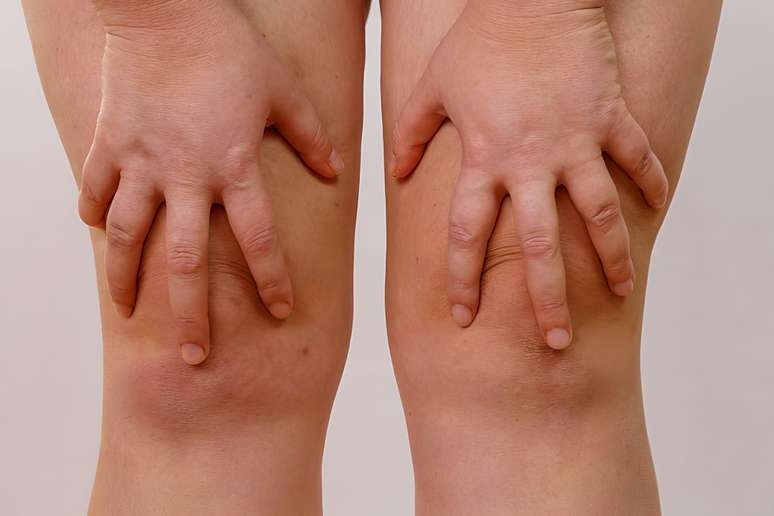The endocrinologist comments on 10 interesting facts about this condition
Lipedema, a chronic and progressive condition characterized by the disproportionate accumulation of fat in the limbs, which causes pain in the affected region, has gained increasing importance in the media, on social networks and in doctors’ offices.
The main reason is because it was a topic discussed among some influencers and celebrities: model Yasmin Brunet, reporter Juliana Massaoka and influencer Luana Andrade are some names. Luana died after undergoing liposuction on her knee, due to an embolism that occurred after her surgery. Since then there has been a lot of talk about the diagnosis of this pathology, which officially obtained the ICD (International Classification of Diseases) only in 2022.
Marcela Rassi, endocrinologist and postgraduate professor in Endocrinology at Sanar and Afya presents 10 interesting facts about lipedema:
• Although it is a previously little-known disease, it is more common than you might think.: About 11% of women worldwide are diagnosed with lipedema, although the number could be even higher. Data is still uncertain due to the delay or lack of diagnosis in many cases.
• Lipedema is not the result of poor eating habits: Many believe that excess fat comes from a poor diet, just like obesity. No, the diagnosis is not linked to inadequate eating habits. Even women who eat a healthy diet and exercise regularly can develop the condition due to genetic and hormonal factors.
• Lipedema and lymphedema are not the same disease: Although both diseases present swelling as a symptom, lipedema and lymphedema have different causes. Lipedema involves the accumulation of fat, while lymphedema is caused by the accumulation of lymphatic fluid. It is important to say that both can occur at the same time, making symptoms and discomfort worse.
• Female hormones are directly related to disease: Periods of major hormonal changes – puberty, pregnancy or menopause, can be crucial in the development of lipedema or the progression of the condition, since the relationship between female hormones and the development of the disease is direct.
• Signs and symptoms are quite distinct: may include pain and tenderness in the affected areas, bruising, disproportionate appearance of the legs and arms compared to the rest of the body, abnormal swelling, feeling of tiredness and heaviness in the legs, loss of mobility. The skin may also feel colder to the touch and have an uneven texture.
• In addition to the physical impact, lipedema has an impact on mental health: The constant state of chronic pain and physical changes that lipedema brings with it can directly impact mental health. It is not uncommon for patients diagnosed with lipedema to develop depression, anxiety, and image disturbances.
• The diagnosis is not always simple and requires specialist knowledge: Diagnosis may not be easy and requires a detailed physical examination, evaluation of the patient’s family history and lifestyle. Additionally, additional tests, such as hormone evaluation and imaging tests, may be required.
• So-called conservative therapies represent the first line of treatment: lifestyle modifications with adequate diet, weight control and supplementation when necessary combined with specific exercises, manual lymphatic drainage, use of compression garments and physiotherapy help improve circulation, reduce swelling and relieve pain in patients suffering from lipedema .
• Tumescent liposuction is the surgical option for more advanced cases: Removal of abnormal fat tissue can relieve symptoms and improve the quality of life of patients who have developed advanced cases of lipedema. It is worth remembering that surgery should always be recommended by a healthcare professional who specializes in treating this condition.
• The treatment is always continuous and requires dedication and discipline: lipedema is a pathology that requires constant and multidisciplinary monitoring, which always differs from case to case. In most cases it involves follow-up with an endocrinologist, a physiotherapist, a vascular doctor and a nutritionist, always with the aim of improving the patient’s symptoms and quality of life.
inspires transformation in the world of work, in business, in society. Compasso, a content and connection agency, is born.
Source: Terra
Ben Stock is a lifestyle journalist and author at Gossipify. He writes about topics such as health, wellness, travel, food and home decor. He provides practical advice and inspiration to improve well-being, keeps readers up to date with latest lifestyle news and trends, known for his engaging writing style, in-depth analysis and unique perspectives.









